By Christopher Miskimon
The distant thundering of Russian missiles and bombs awoke Olena Zelenska, First Lady of Ukraine, at 4:30 a.m. on February 24, 2022. Reaching over, she felt the empty spot next to her in the bed. Her husband, President of Ukraine Volodymyr Zelensky, was in the next room, already dressed, preparing to go to work. “It’s started,” he told her.
Russian armored columns and a heliborne assault were about to converge on Kyiv, the Ukrainian capital, following closely behind the Russian air and missile strikes. Zelensky had received dire predictions from Western intelligence services, predicting the Russian intent to invade from multiple directions, overrun the capital and topple the Ukrainian government. However, many Ukrainians thought the Russians would, at worst, attack in the east around the disputed areas of the Donbas.
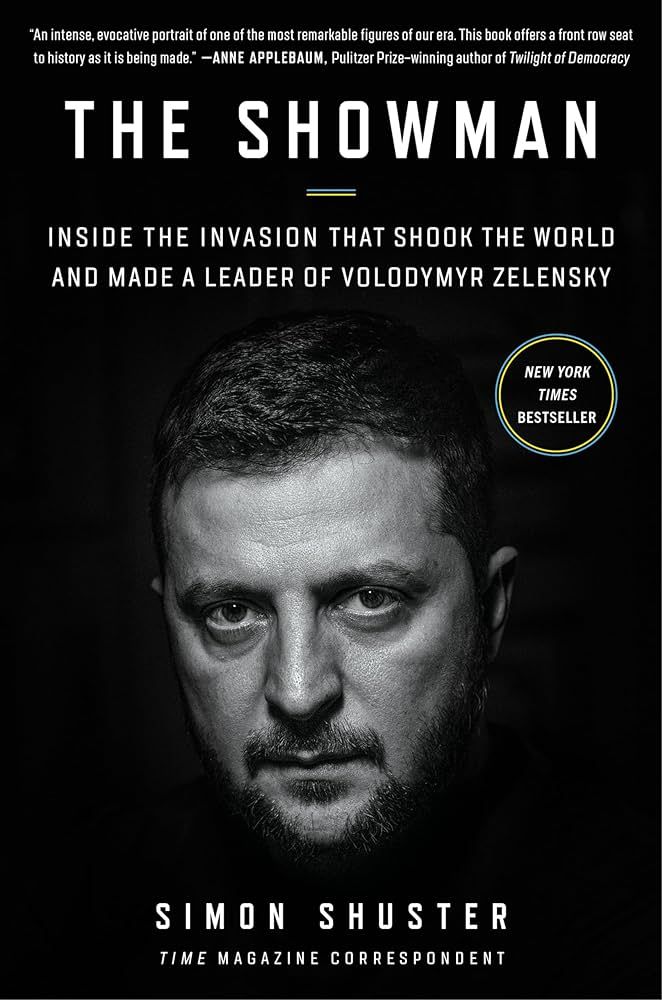 Now, the Western predictions were proven true. Kyiv is an ancient city; it has been fought over by Vikings, Ottomans, Mongols, Lithuanians, and Poles. The Russians first struck the city in the 12th Century. Now they were coming again. Zelensky got into his motorcade, which quickly moved into the city. A call came from Denys Monastyrsky, Minister of the National Police and Border Guards. It was his job to report the Russian invasion. Zelensky asked him from what direction the Russians were coming. The minister told him, “All of them.”
Now, the Western predictions were proven true. Kyiv is an ancient city; it has been fought over by Vikings, Ottomans, Mongols, Lithuanians, and Poles. The Russians first struck the city in the 12th Century. Now they were coming again. Zelensky got into his motorcade, which quickly moved into the city. A call came from Denys Monastyrsky, Minister of the National Police and Border Guards. It was his job to report the Russian invasion. Zelensky asked him from what direction the Russians were coming. The minister told him, “All of them.”
The Russian invasion came from the north, east and southeast, from north of Kyiv around the nation’s border to Crimea. Air and artillery strikes hit along the front lines, while air and missile strikes hit Ukraine’s air defenses and cities. Monastyrsky noted a silence on the line for a moment as Zelensky processed the information. Then Zelensky said came to a fateful decision. He said, “Beat them back.”
He sent text messages to his senior aides and ministers: “Go to the office, I’ll meet you there.” Zelensky exuded confidence, although he knew his country was in a dire situation. The Russian military was much larger and better equipped. Zelensky knew he had failed when he chose not to call up the reserves and fortify the border weeks earlier. No time for such worries now, what he did next is what mattered.
Arriving at his office, Zelensky soon saw Oleksiy Danilov, Secretary of the National Security and Defense Council. He noticed Zelensky’s calm demeanor. The president said a Russian phrase street brawlers often used, translated roughly as “Let’s kick some ass?” Danilov did not believe the Russians could seize the entire country. Ukraine was too big to occupy. He feared a quick strike on the capital to kill or capture Zelensky. There were three known groups of Russian operatives assigned to do so.
Many of Zelensky’s aides, military and intelligence personnel waited to see what their president would do. Some thought he would flee or simply panic. Danilov later said, “Before you find yourself in a situation, there is no way to tell how you will react.” Zelensky reacted well under the circumstances. He recorded a message to his people, reassuring them “.… Don’t panic. We’re strong. We’re ready for anything.” Zelensky also spoke to Boris Johnson, the UK’s Prime Minister. He shouted into the speakerphone, “We will fight, Boris! We are not going to give up!” Danilov recorded the scene on his phone, moved by Zelensky’s display of resolve.
That resolve hardened in the days to come. Offers of evacuation from several allied nations insulted Zelensky—did they think so little of him? Though he had no real military leadership experience, he began directing those who did to fight the Russian invasion, to resist. Zelensky’s maturation as a wartime leader is described in The Showman: Inside the Invasion that Shook the World and Made a Leader of Volodymyr Zelensky (Simon Schuster, William Morrow, New York NY, 2024, 363 pp., photographs, notes, bibliography, index, $32.99, HC)
Zelensky began his life as an entertainer and evolved into a symbol of resistance and resilience. This book traces that process. The author spent months with Zelensky in Ukraine, observing and interviewing him extensively. Through interviews with the Ukrainian President’s close advisors and friends, combined with coverage of the events, the book has a strong narrative. It examines the complexities of Zelensky, the difficult choices of leadership and how he rose to a moment of need for his nation. The author’s presence in Ukraine provides an eyewitness viewpoint of Europe’s worst war since 1945 and the man who leads Ukraine through it.
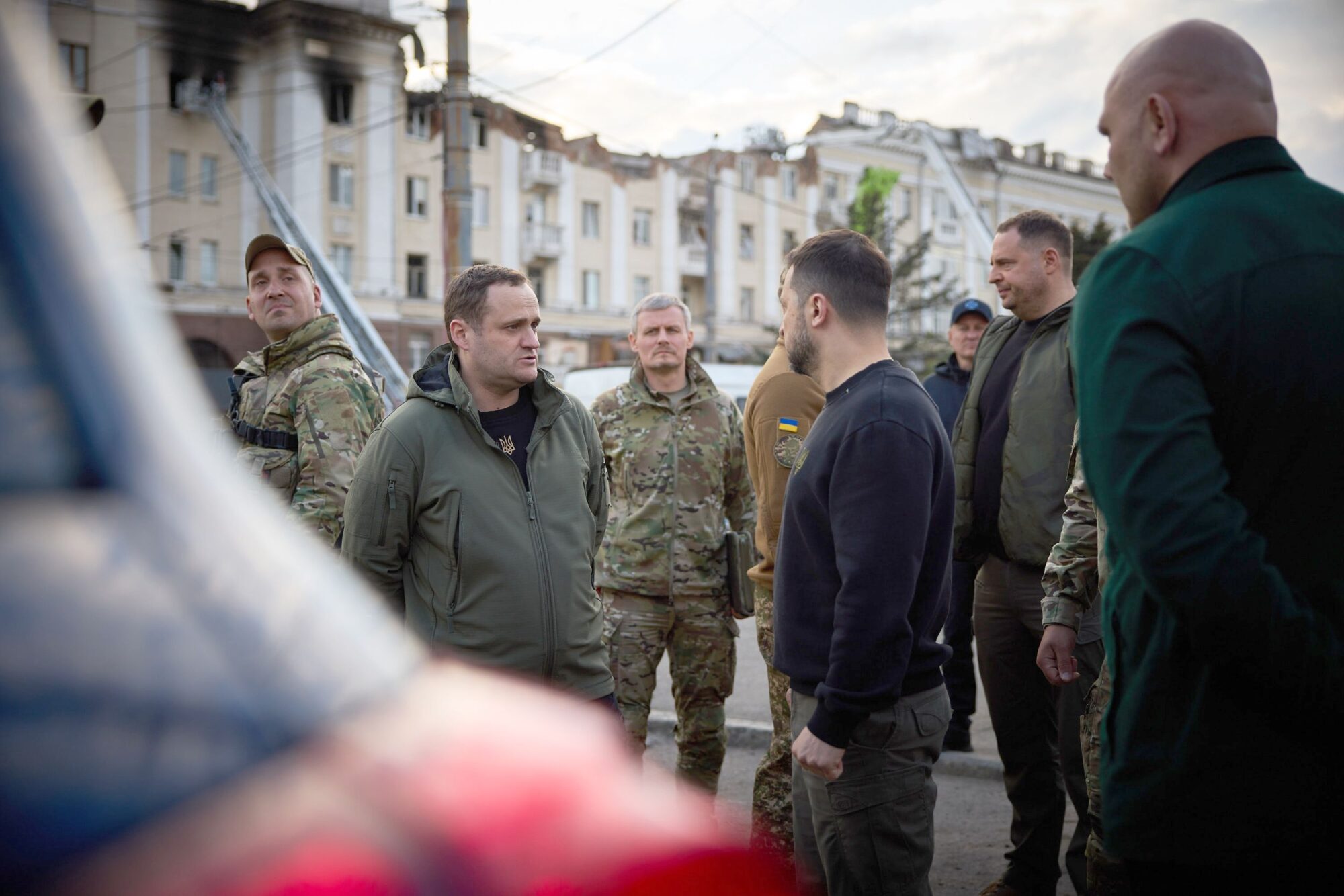
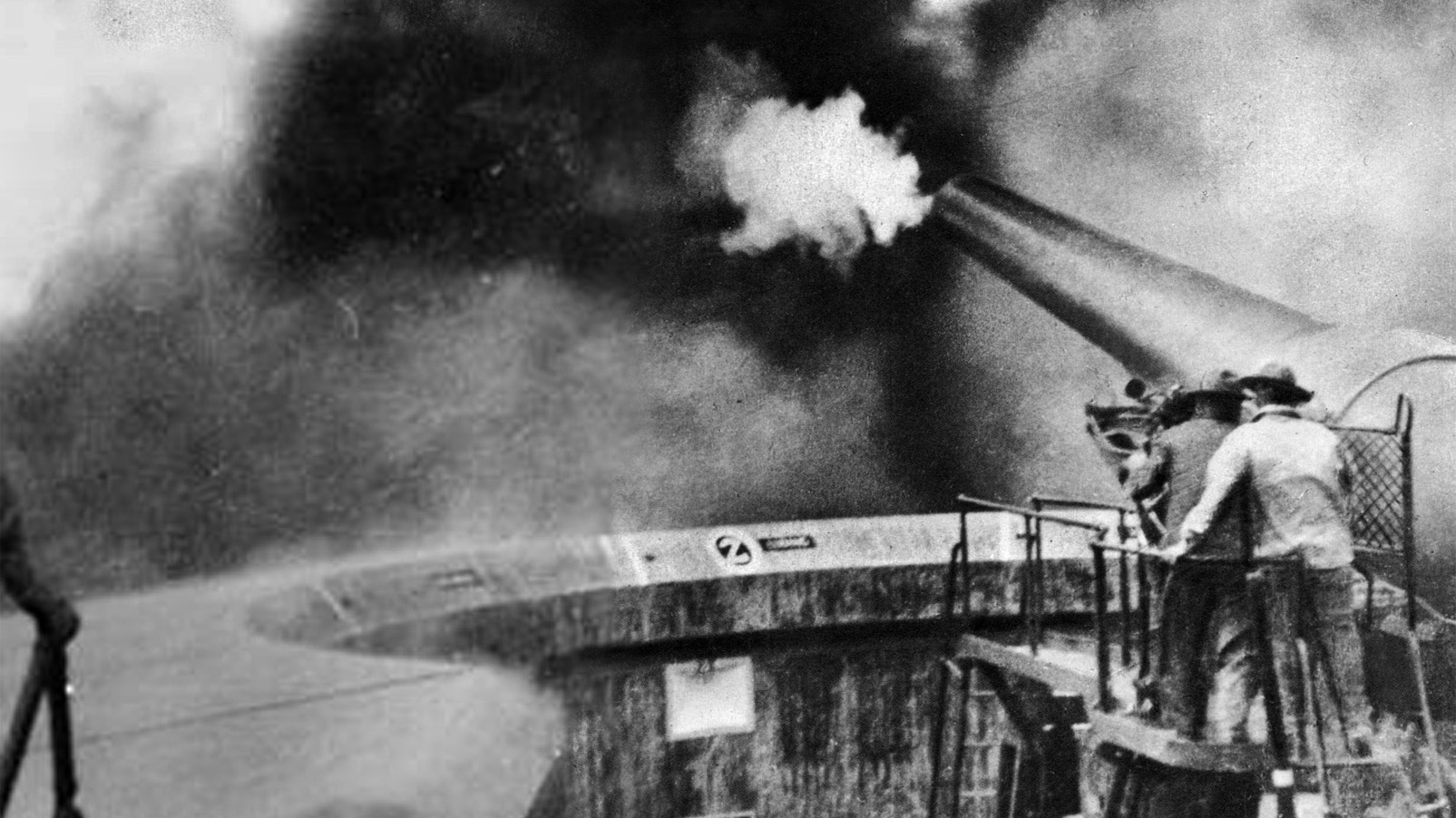
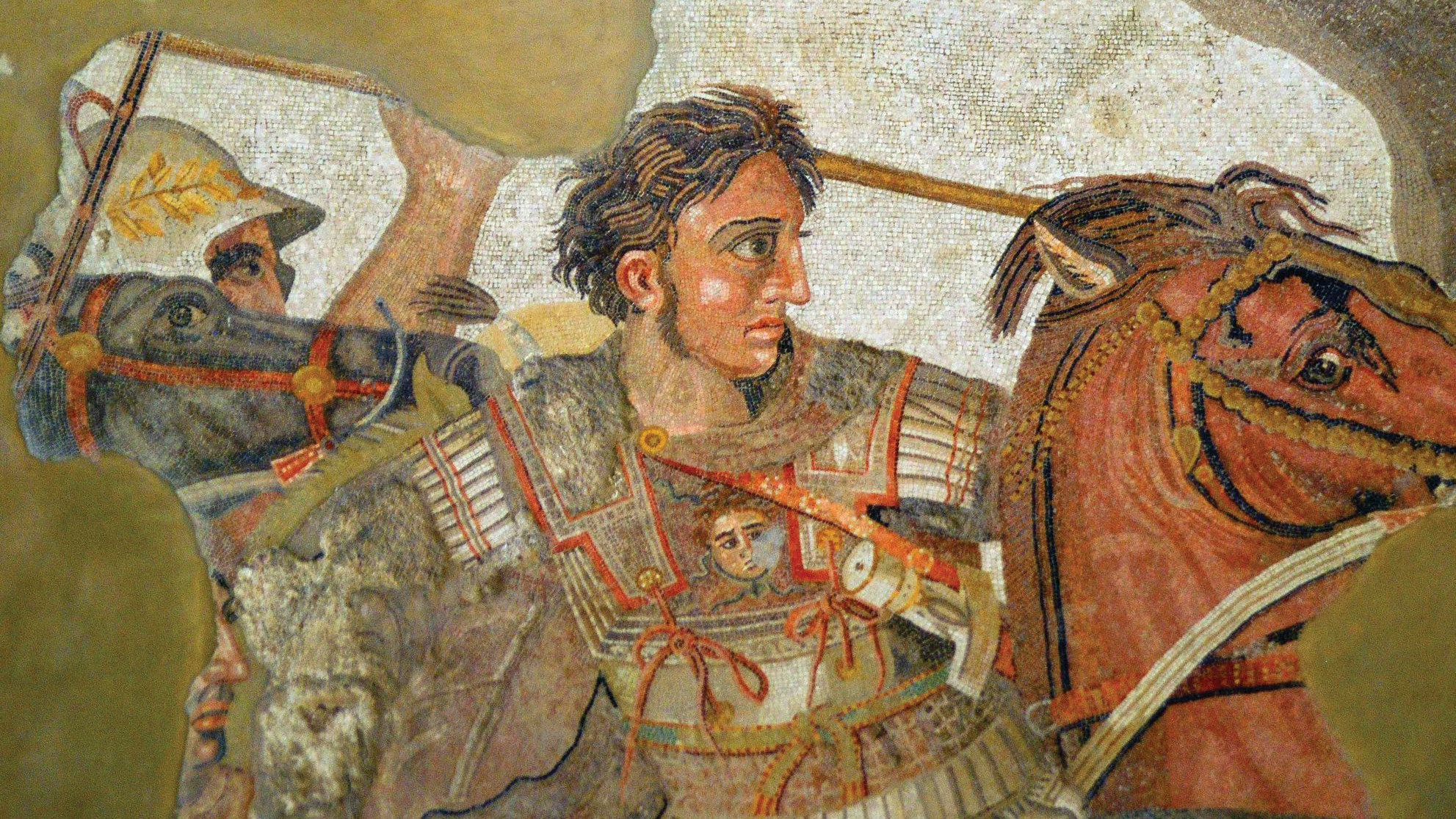
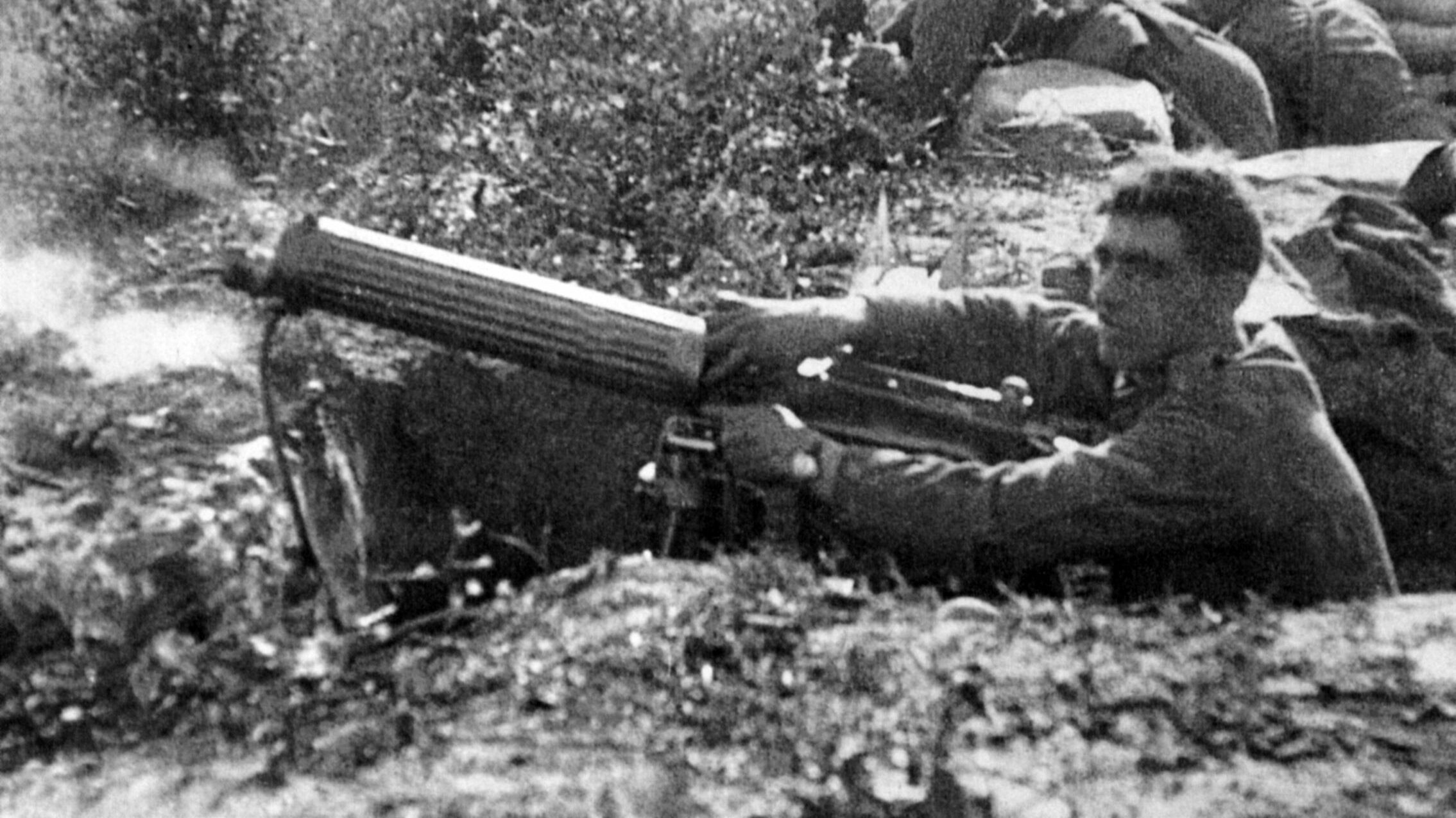
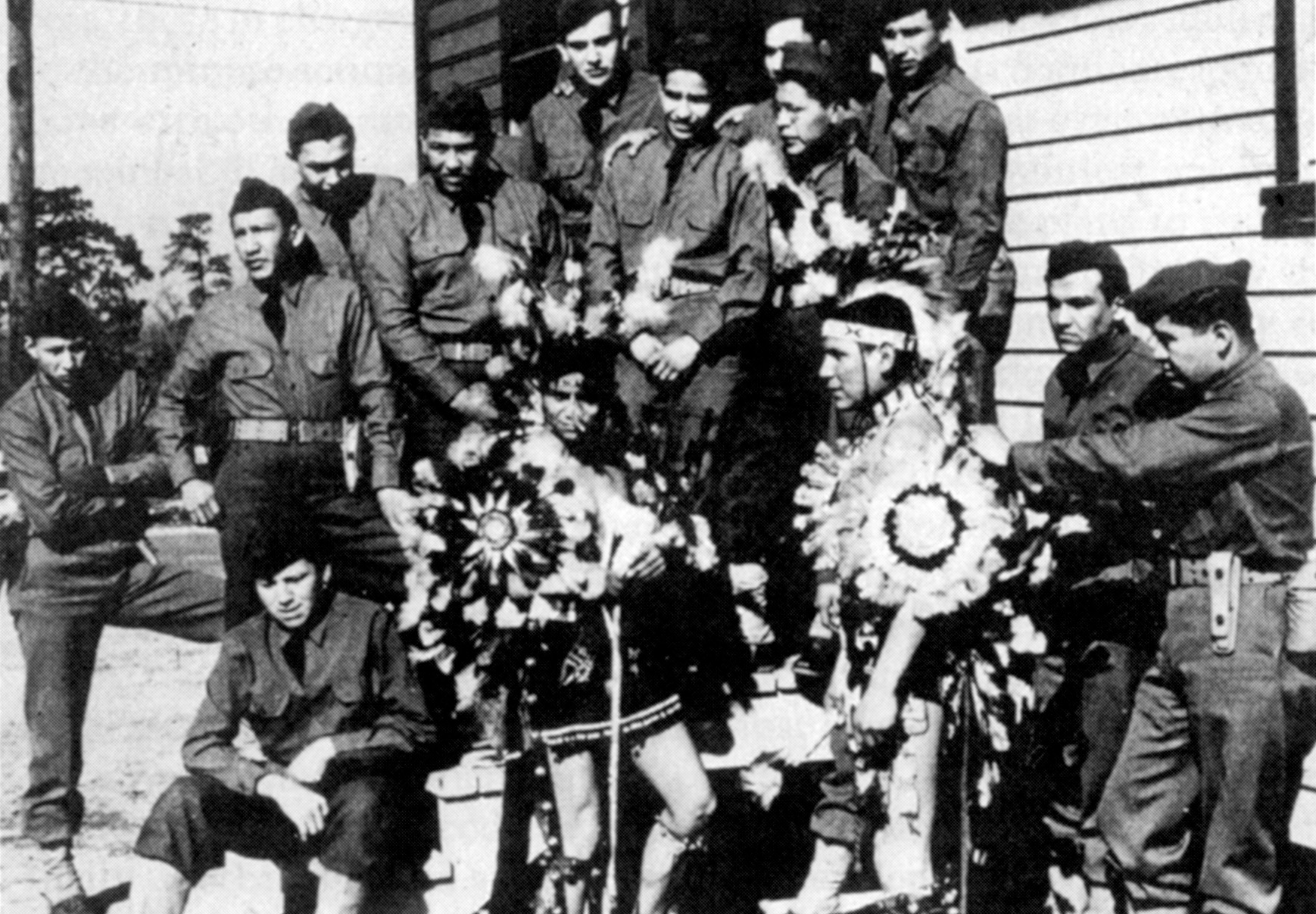
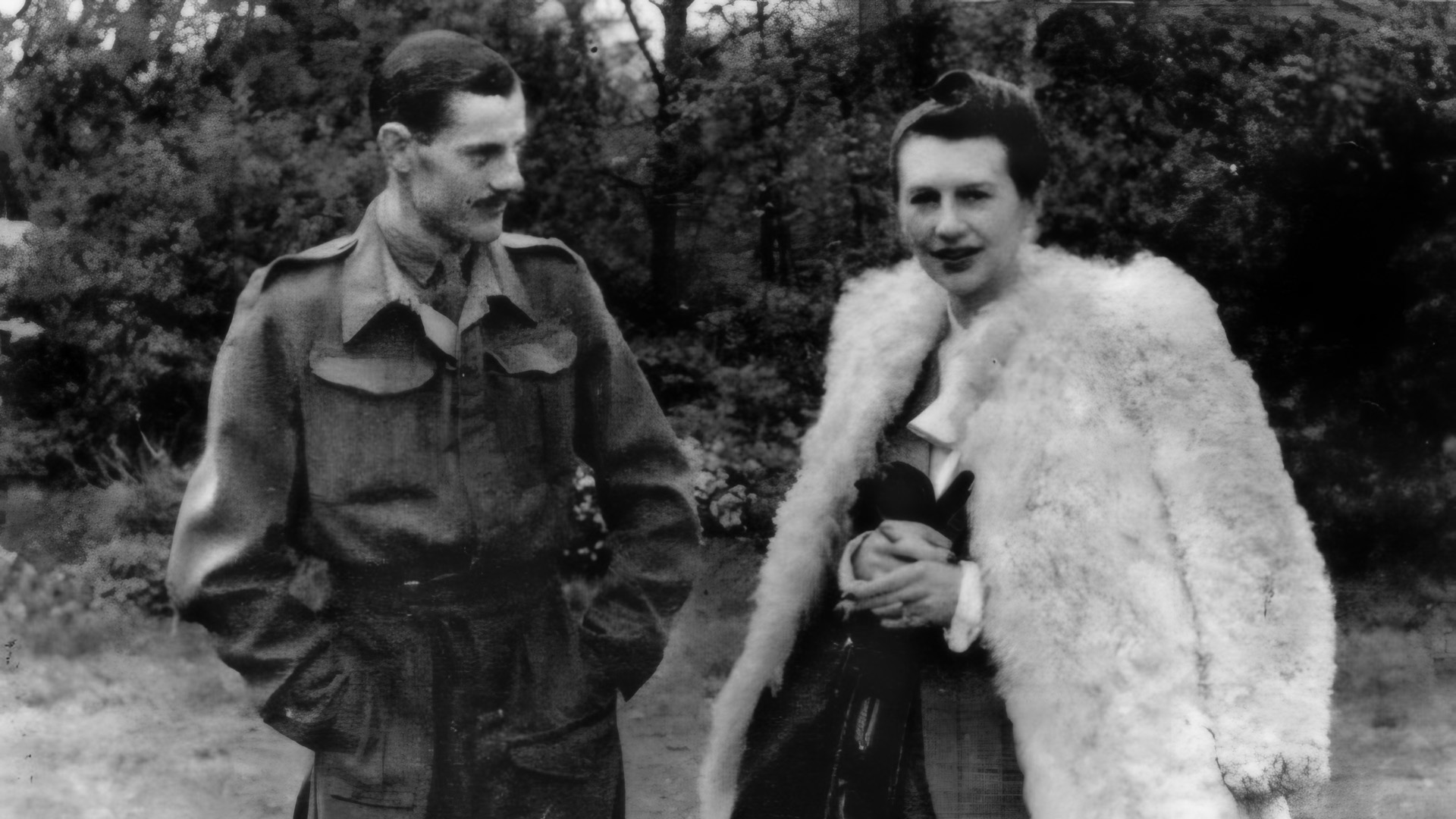
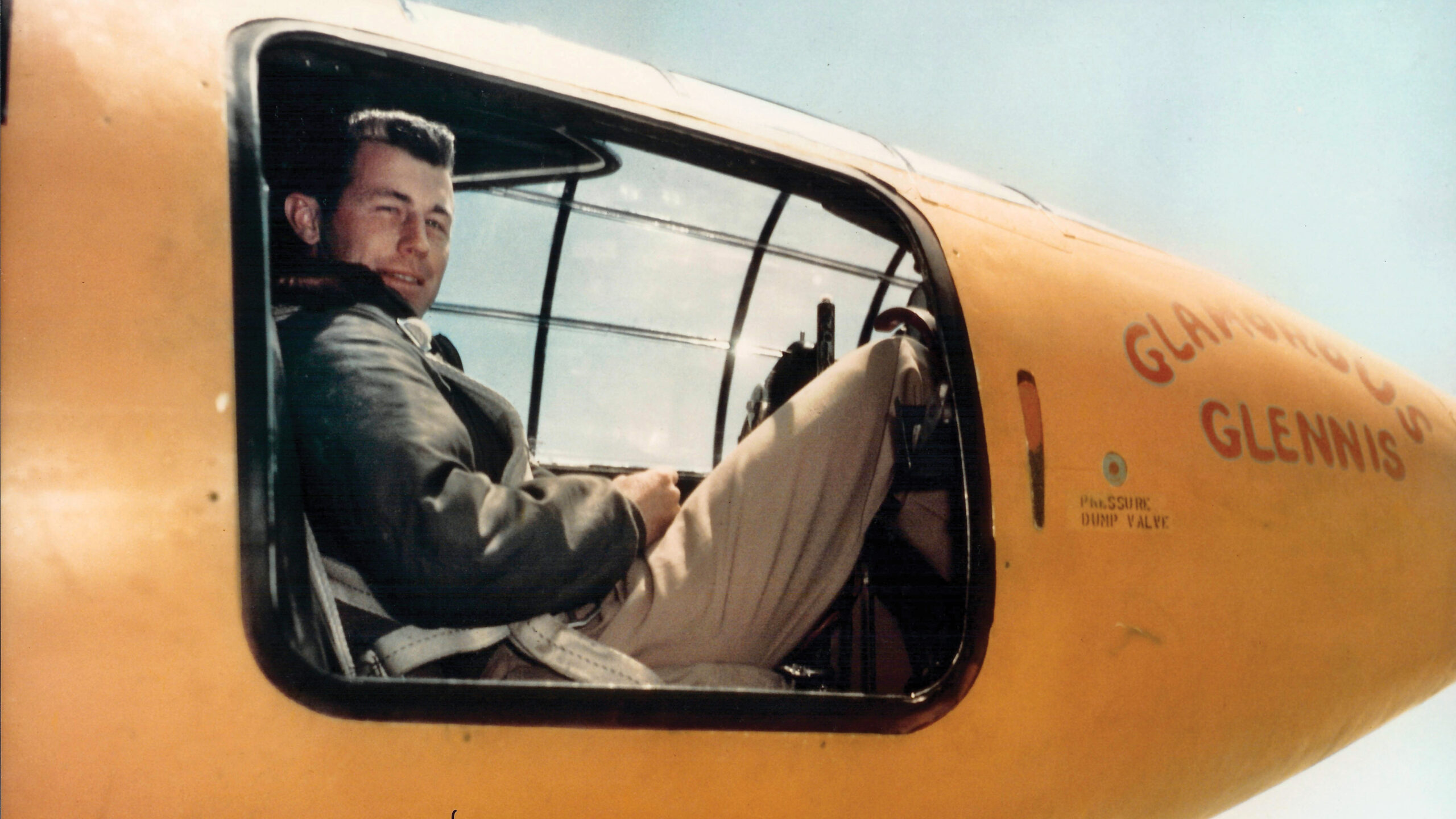
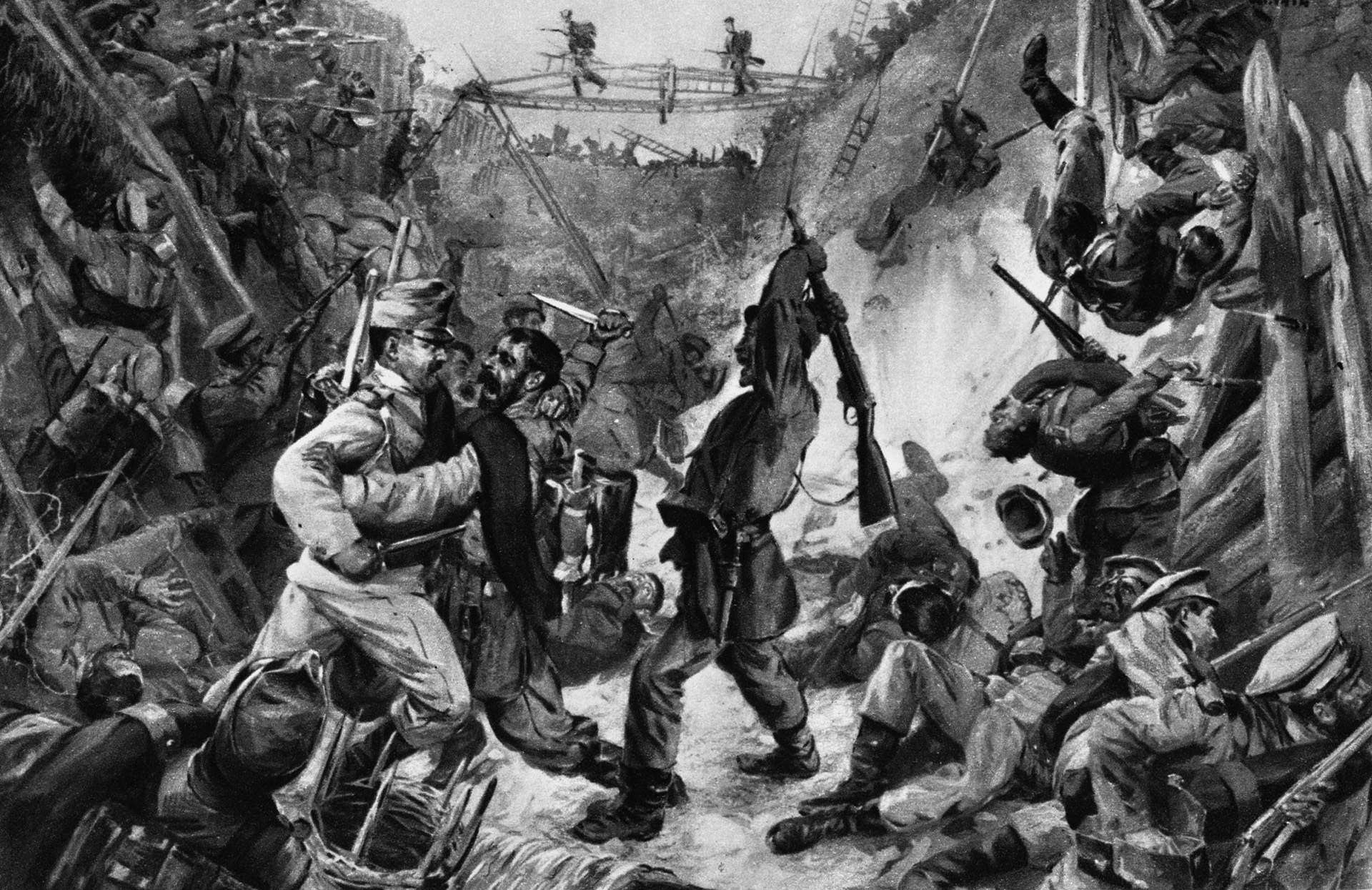
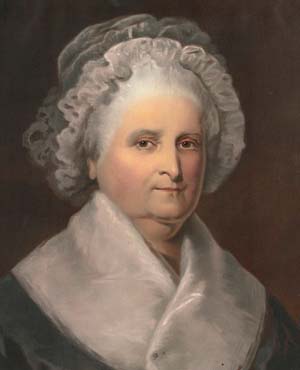
Join The Conversation
Comments
View All Comments